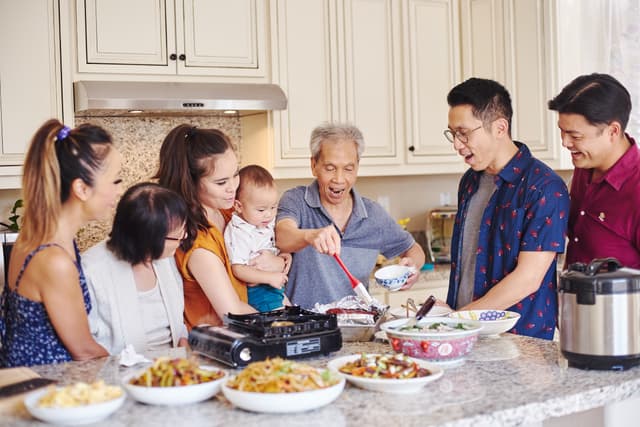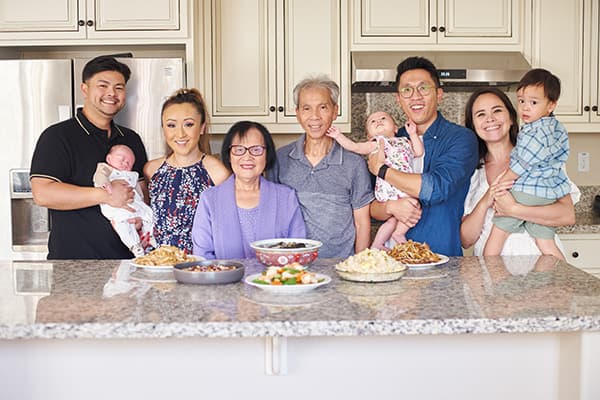Why should you try my dad's recipe?
Because my dad's made this dish thousands of times (literally!) over his 50+ year career as a Chinese chef. And now, you get to learn all of his tips and techniques.
Watch on YouTube
Meet your chef, Daddy Lau

50+ Years of Experience
My dad's been cooking Chinese food for over 50+ years, as a chef, restaurant owner, and loving father.
Meet our family

2x James Beard Awards
We won TWO James Beard Awards for our endeavors in teaching and preserving Cantonese cuisine.
Read more

Over 2.5M+ Followers
My dad is the internet's favorite Chinese chef, teaching millions of people how to cook every month.
Watch our videos

